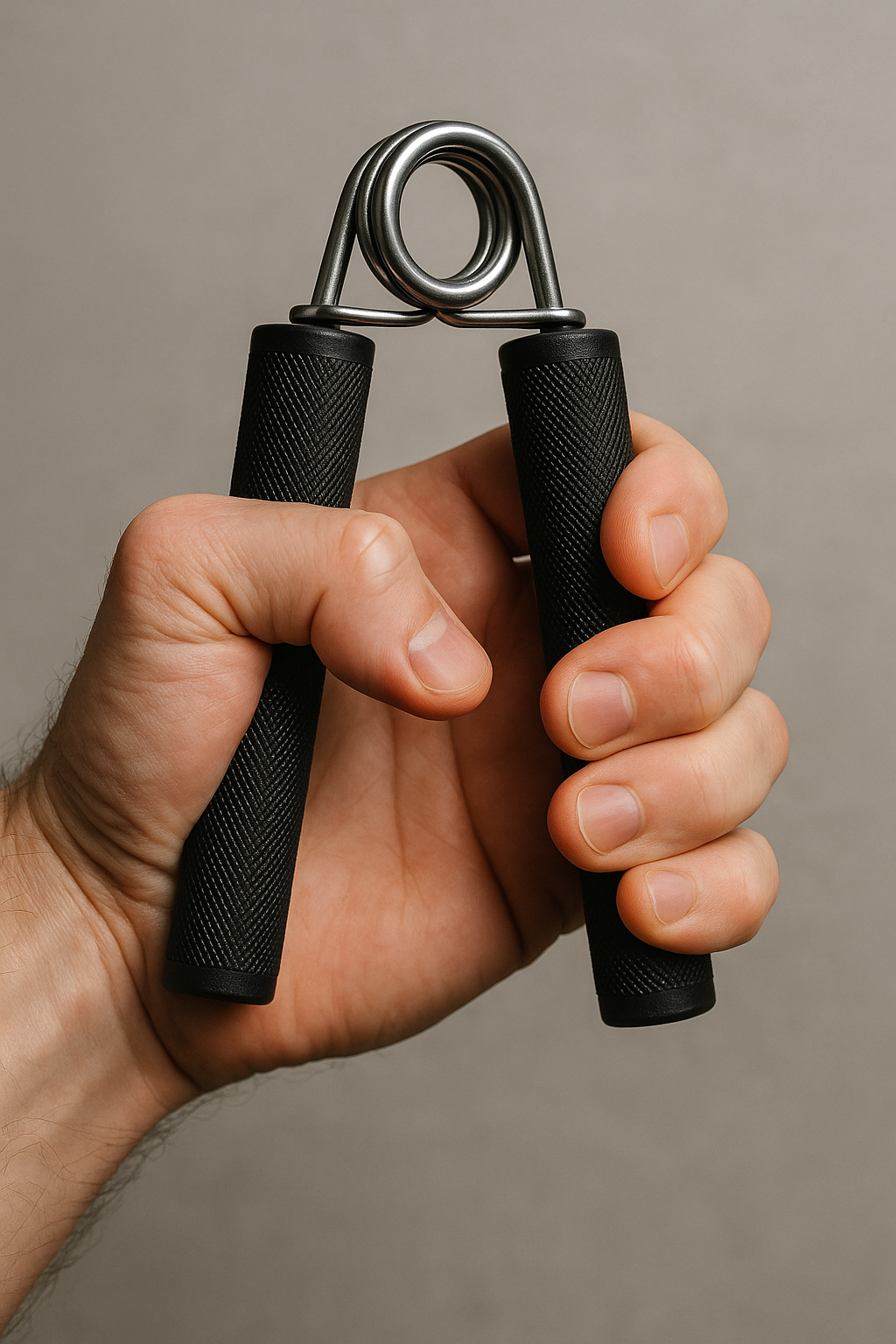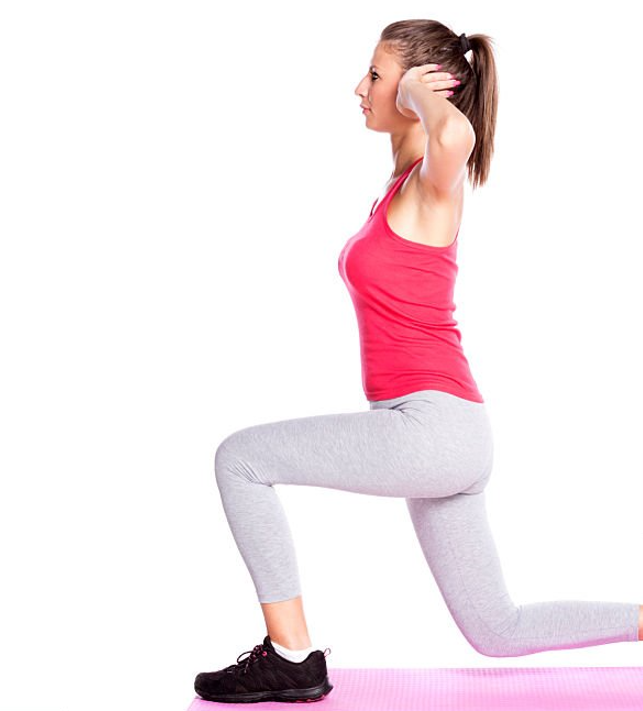Looking to build strength, sculpt your core, and improve posture without any gym equipment? Pushups and planks are two of the most effective bodyweight exercises that can transform your fitness from the ground up.


In this complete guide, we’ll break down:
- The benefits of pushups and planks
- Proper form and common mistakes
- Variations to suit every level
- How to combine them for a killer workout
- Answers to FAQs about pushups vs planks
Whether you’re a beginner or a seasoned athlete, mastering these two foundational exercises can supercharge your progress.
Why Pushups and Planks Deserve a Spot in Your Routine
When it comes to building a strong, functional physique, compound bodyweight exercises like pushups and planks reign supreme.
Full-Body Engagement
Both exercises activate multiple muscle groups at once:
- Pushups work your chest, shoulders, triceps, core, and even glutes.
- Planks target the entire core (abs, obliques, lower back) along with shoulders and legs.
No Equipment Needed
All you need is a bit of floor space. This makes pushups and planks perfect for home workouts, travel routines, or outdoor training.
Improves Posture & Prevents Injuries
By strengthening your core and stabilizers, these exercises help reduce back pain and enhance your posture, which is vital for long-term joint health.
Pushup and Plank Benefits
Here are some of the most searched and proven benefits:
1. Muscle Building
Pushups help develop lean muscle mass in the upper body. Planks fortify the midsection, giving you better core definition and strength.
2. Fat Burning
While neither exercise is highly aerobic, they increase muscle mass, which in turn raises your resting metabolic rate.
3. Core Strength
Planks are one of the best isometric core exercises. A strong core stabilizes every movement and supports your spine.
4. Functional Strength
These movements mimic real-world activities and develop functional fitness—not just aesthetics.
Perfect Form
Mastering the basics of pushups and planks is crucial before advancing to harder variations.
How to Do a Proper Pushup:
- Start in a high plank position.
- Hands shoulder-width apart, feet together.
- Lower your chest while keeping your elbows at about a 45° angle.
- Stop when your chest is just above the floor.
- Push through your palms to return to start.
Avoid: Flaring elbows, sagging hips, or arching your back.
How to Hold a Perfect Plank:
- Elbows directly under shoulders, forearms on the ground.
- Keep your body in a straight line from head to heels.
- Engage your core and glutes.
- Hold without letting your hips drop or rise.
Avoid: Holding your breath or letting your neck droop.
Variations for All Fitness Levels
Beginner Pushup and Plank Variations:
- Knee pushups – Less pressure on the arms and chest.
- Incline pushups – Use a wall or bench.
- Knee planks – Maintain core engagement without full bodyweight.
Intermediate:
- Standard pushups and forearm planks
- Wide-grip or diamond pushups – Target different muscles.
- Side planks – Engage obliques.
Advanced (High Search Keyword: push up and plank challenge):
- Decline pushups – Feet elevated for extra intensity.
- Pushup to side plank
- Plank shoulder taps
- Spiderman pushups
- Plank with leg lifts
Try mixing and matching to create your own pushup and plank workout routine!
Pushups and Planks Workout
Want to build strength and endurance using just these two moves?
Here’s a 15-minute full-body workout:
Warm-up (3 mins)
- Arm circles
- High knees
- Plank walkouts
Main Workout (10 mins)
| Exercise | Duration |
|---|---|
| Standard pushups | 30 seconds |
| Forearm plank | 30 seconds |
| Rest | 15 seconds |
| Diamond pushups | 30 seconds |
| Plank with leg lift | 30 seconds |
| Rest | 15 seconds |
| Wide pushups | 30 seconds |
| Side plank (each side) | 30 seconds |
| Rest | 30 seconds |
Repeat 2 rounds.
Cool Down (2 mins)
- Cobra stretch
- Child’s pose
- Cat-cow
Common Questions
Can I do pushups and planks every day?
Yes, as long as your form is correct and you’re not overtraining. These are low-impact but intense if done right. Consider alternating intensity.
How many pushups and planks should I do a day?
Start with:
- Pushups: 3 sets of 10–15 reps
- Plank: 3 sets of 30–60 seconds
Gradually increase volume and difficulty.
Will pushups and planks help me lose weight?
Yes—when combined with proper nutrition and cardio. They build muscle, which increases calorie burn at rest.
Final Thoughts: Build a Strong Body with Pushups and Planks
Pushups and planks are simple but incredibly effective. You don’t need fancy equipment or hours at the gym to build strength, tone your body, and boost core stability. Just your body, consistency, and good form.
Start small, stay consistent, and challenge yourself. You’ll be amazed at the strength and endurance you can build with just two exercises.
More Articles For Push Ups And Planks
How to Do Planks For Beginners
Why Do My Elbows Pop During Push-Ups?



